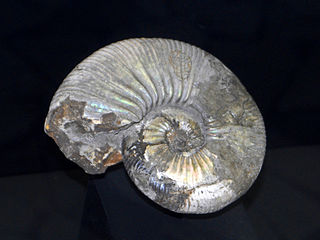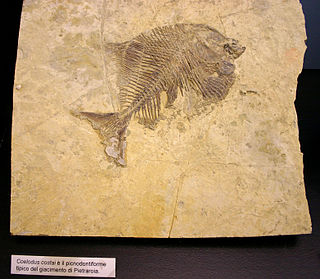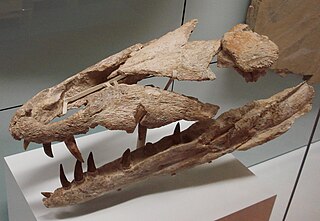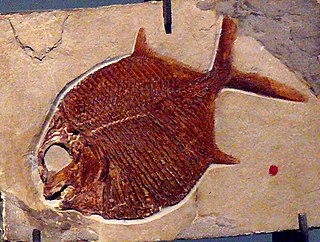 W
WAcanthohoplites is an extinct genus of ammonites in the family Parahoplitidae that lived in the Aptian and Early Albian stages of the Early Cretaceous.
 W
WCoelodus is an extinct genus of pycnodontiform fish from the Late Jurassic to early Paleocene (Danian). Fossils of the genus have been found in:JurassicGardies, FranceCretaceousYacoraite Formation, Argentina El Molino Formation, Bolivia Baharîje Formation, Egypt Ahlen and Bückeberg Formations, Germany Nimar Formation, India Alburni, Italy Damergou, Zinder, Niger Cochirleni Formation, Romania La Huérguina and Cabana Formations, Spain Pierre Shale, Kansas Tunbridge Wells Sand Formation, England Tucumcari Formation, New Mexico Twin Mountains and Paluxy Formations, TexasPaleoceneTremp Formation, Spain
 W
WCraterosaurus was a genus of stegosaurid dinosaur. It lived during the Early Cretaceous around 145-136 million years ago. Its fossils were found in the Woburn Sands Formation of England. Craterosaurus may actually be a junior synonym of Regnosaurus, but only one fossil, a partial vertebra, was recovered.
 W
WDakosaurus is an extinct genus within the family Metriorhynchidae that lived during the Late Jurassic and Early Cretaceous. It was large, with teeth that were serrated and compressed lateromedially. The genus was established by Friedrich August von Quenstedt in 1856 for an isolated tooth named Geosaurus maximus by Plieninger. Dakosaurus was a carnivore that spent much, if not all, its life out at sea. The extent of its adaptation to a marine lifestyle means that it is most likely that it mated at sea, but since no eggs or nests have been discovered that have been referred to Dakosaurus, whether it gave birth to live young at sea like dolphins and ichthyosaurs or came ashore like turtles is not known. The name Dakosaurus means "biter lizard", and is derived from the Greek dakos ("biter") and σαῦρος -sauros ("lizard").
 W
WGyrodus is an extinct genus of pycnodontiform ray-finned fish that lived from the late Triassic (Rhaetian) to the middle Cretaceous (Cenomanian).
 W
WNeovenator (nee-o-ven-a-tor), which means "new hunter", is a genus of allosauroid dinosaur. At the time of its discovery on the Isle of Wight, United Kingdom, it was the best-known large carnivorous dinosaur from the Early Cretaceous period of what is now Europe.
 W
WPlatypterygius is an ichthyosaur of the family Ophthalmosauridae. It is most closely related to the genera Caypullisaurus and Brachypterygius. The ichthyosaur lived from the Early Cretaceous (Hauterivian) to the earliest Late Cretaceous (Cenomanian) and had a cosmopolitan distribution.